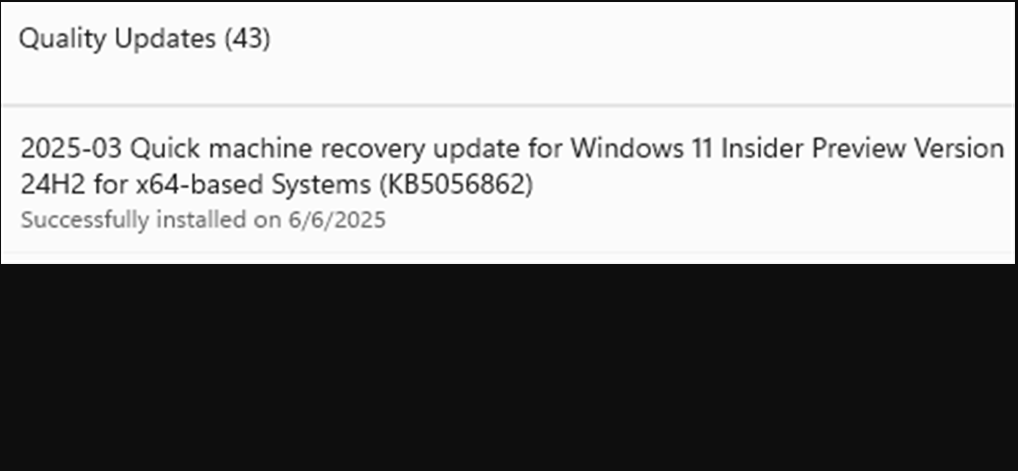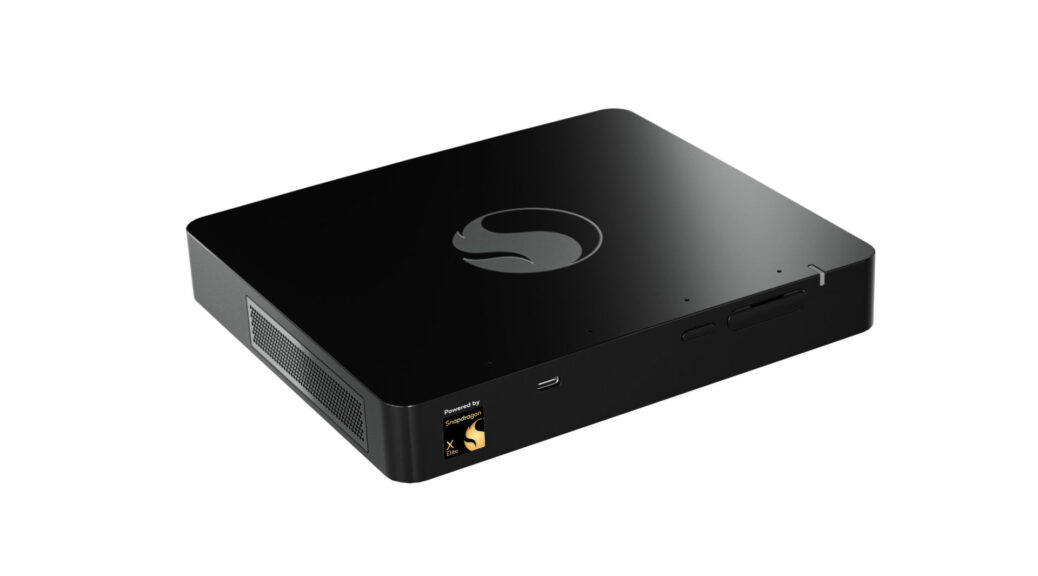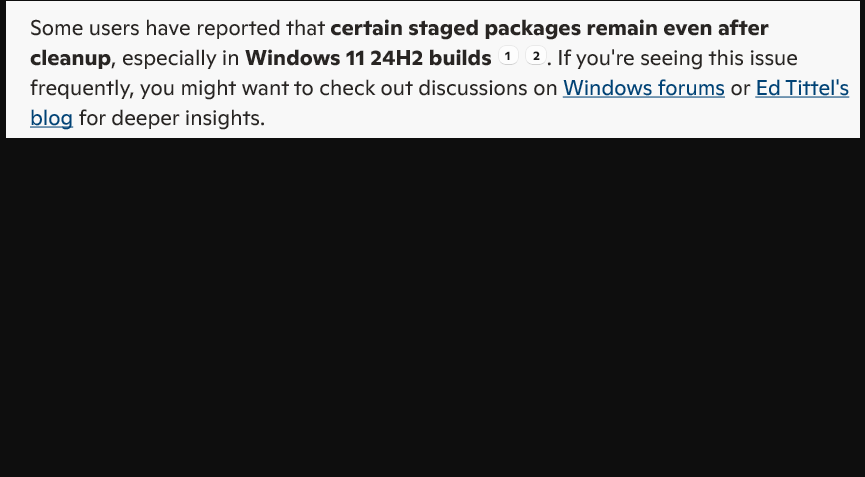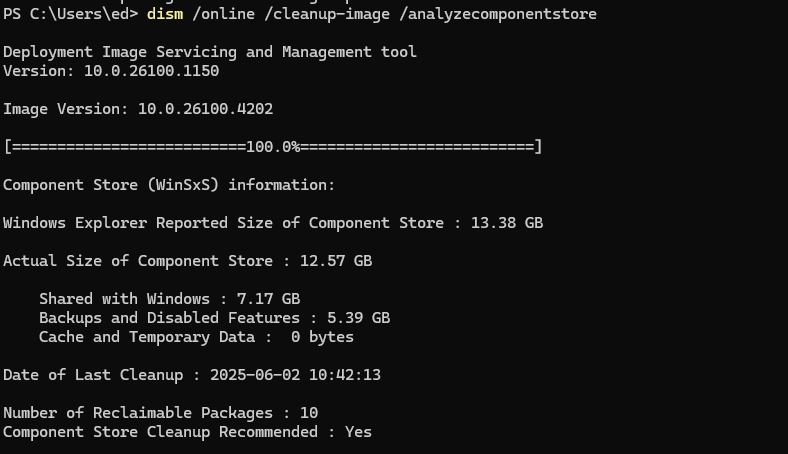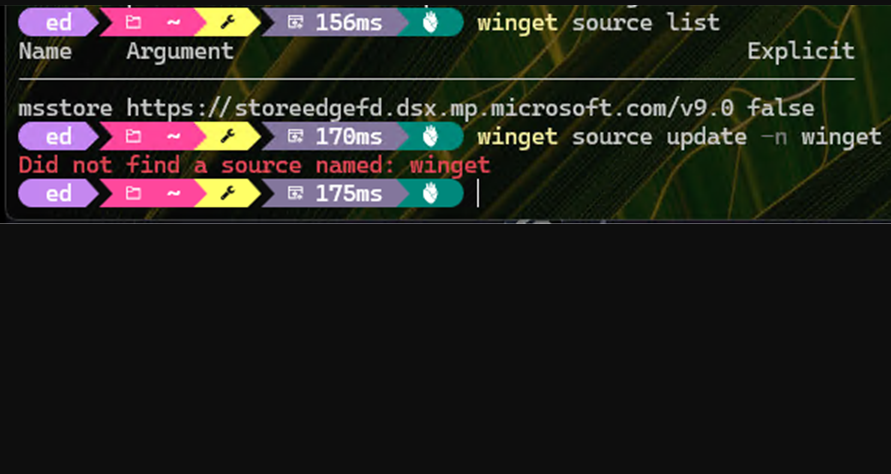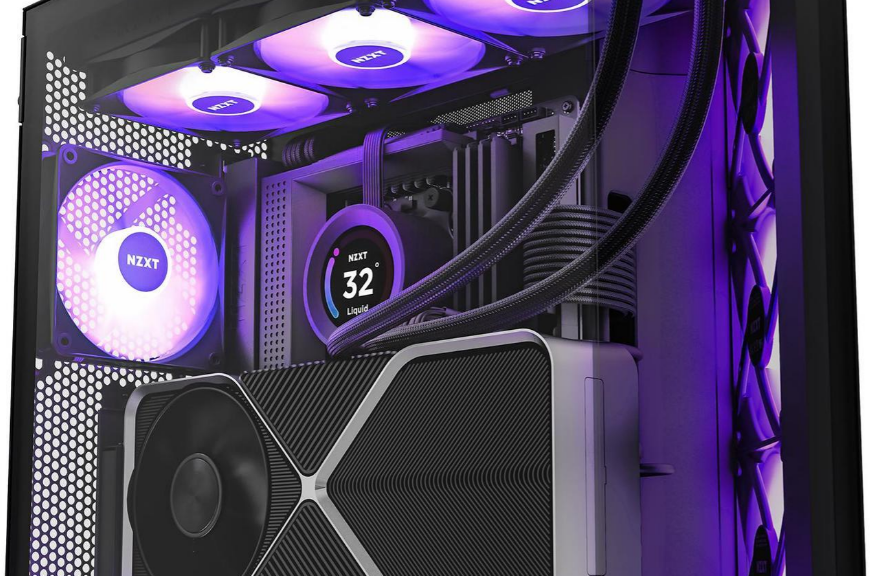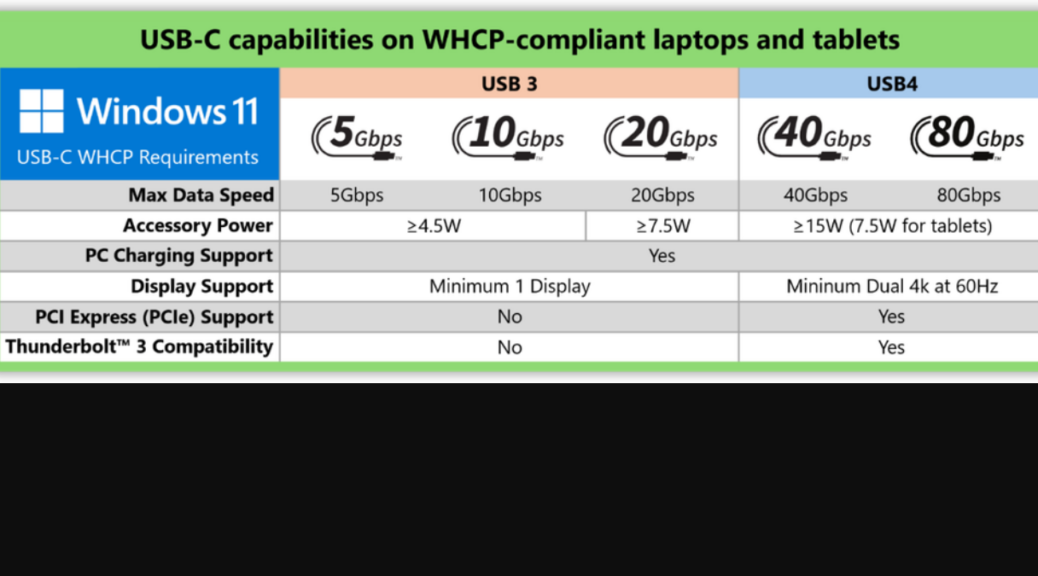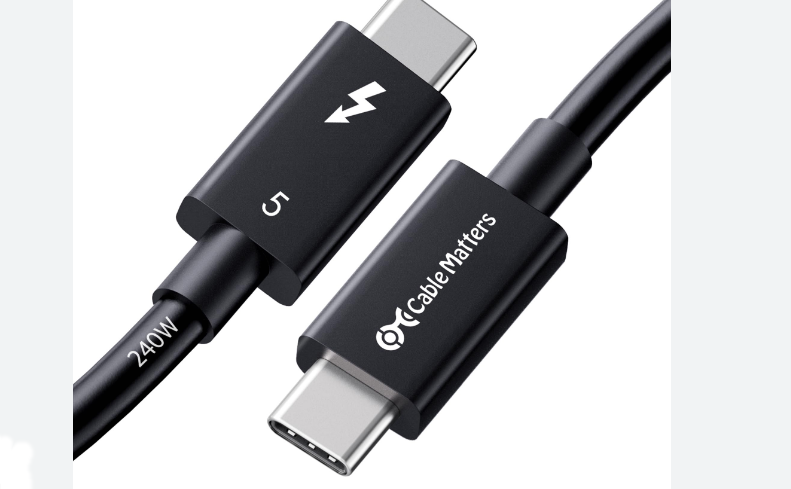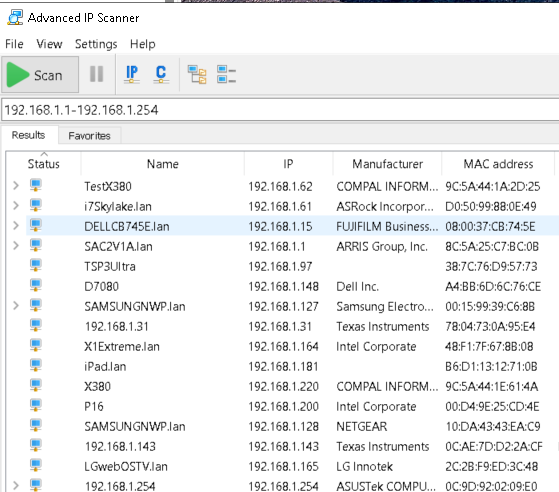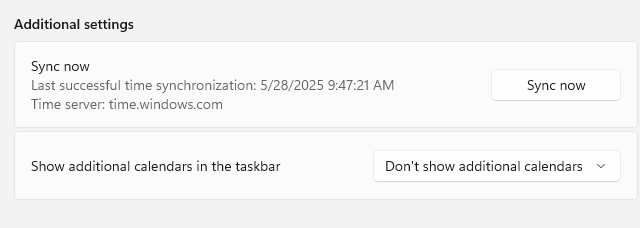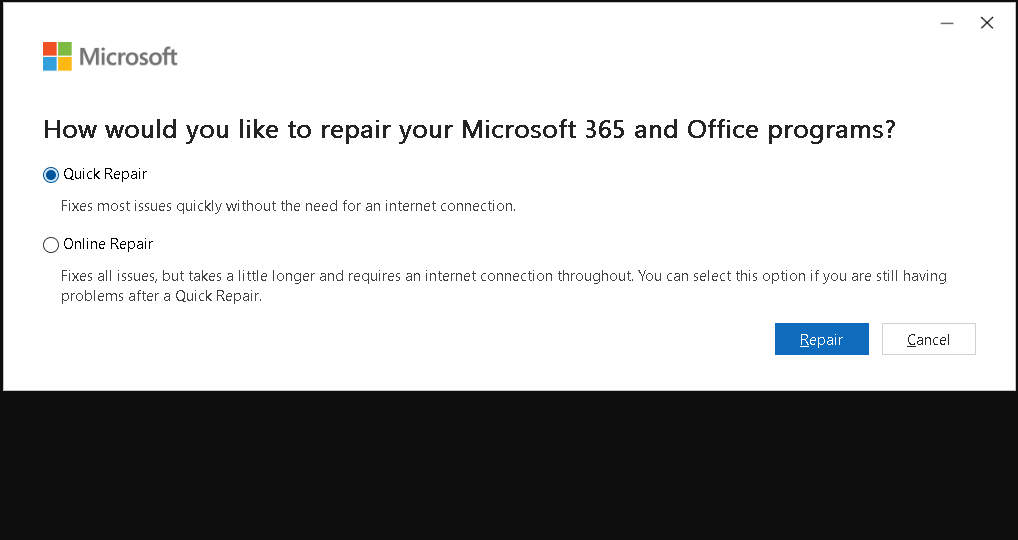I have to laugh at myself. I’ve been waiting since Quick Machine Repair (QMR) emerged in April 2024 for it to show up on my Beta Channel test PC. (KB5056862 first appeared on June 2 for Build 26200.5622.) Alas, I probably could have kept waiting much longer. That’s because my Beta Channel test PC is built around an 8th-Gen i7-8650U CPU. But it seems that QMR wants newer PCs to include them in this gradual rollout. Let me explain.
Why say: QMR Wants Newer PCs?
I switched the Lenovo ThinkStation P3 Ultra, with its 13th-Gen i9-13900 CPU, over to Beta Channel. As soon as I brought up Build 26120.4230, WU extended the KB5056862 update. You can see that item in the Update History for that machine as the lead-in image above, in fact. What’s going on here?
It’s often the case that boot-related stuff on gradual rollout starts with newer PCs. It only makes its way back to older machines once MS is convinced that it really works as it should. And indeed, I followed the step-by-step instructions for testing QMR on the P3 Ultra (with the afore-depicted KB installed) from MS Learn’s Quick Machine Recovery article. It worked just like they said it would, too.
Meanwhile, the X380 Remains on Hold…
The older X380 is still on the outside, looking in, waiting for MS to extend the Quick Machine recovery update its way. I think it will keep waiting for some time yet. But at least, I have now been able to run the utility and see how it works. I’ll be reporting that in detail for an upcoming ComputerWorld story that’s due for submission on June 25. Stay tuned, and I’ll provide a link when that story goes live.
